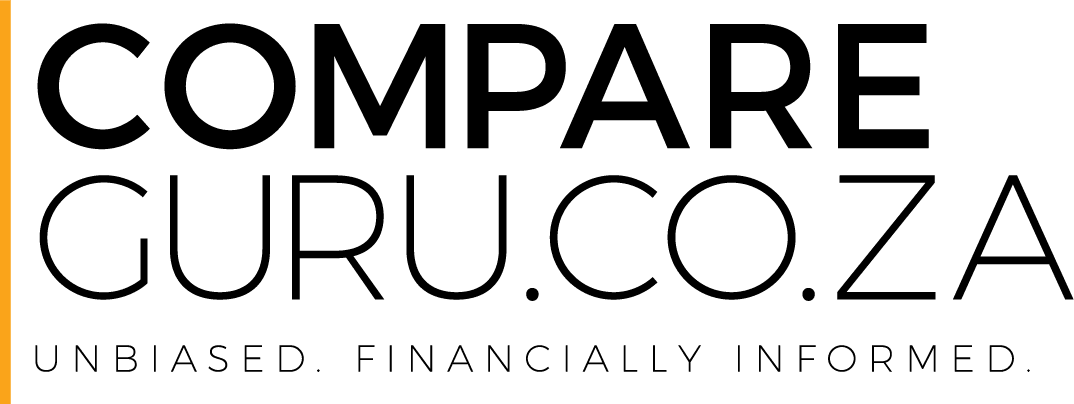CompareGuru Financial Services is an authorised financial services provider FSP. 47696
Sanral’s integrated report for the year shows that over R1.84 billion in unpaid e-toll fees have been disregarded. Could the end of the ‘most expensive and inefficient scheme in the world’ finally be in sight?
Sanral’s failed e-toll system has been branded the ‘most expensive and inefficient scheme in the world’ by OUTA, and our government’s plans for fixing the system – such as offering discounts on account settlements or reducing e-toll prices – have been widely criticised.
According to OUTA and several others, these plans will not convince South African motorists to pay their e-toll bills, and will likely just make matters worse.
If Sanral’s integrated report for the year (ended 31 March 2019) is anything to go by, then the above may very well have become reality, with the report showing over R1.84 billion in outstanding e-toll fees disregarded.
Writing Off Unpaid E-Toll Fees?
It has been widely reported that Sanral’s revenue from the e-tolls on the Gauteng Freeway Improvement Project (GFIP) has declined by 63% from last year – dropping from R1.87 billion to R687.7 million.
Though non-payment remains a large thorn in the company’s side, this massive decline in revenue is more likely due to Sanral’s recent change in accounting practices, replacing the IAS 18 method with the IFRS 15 method.
This gets a little complicated, so bear with us.
The implementation of the IFRS 15 method, which includes a five-step assessment of revenue owed (such as the customer’s intention to pay), has resulted in R1.84 billion in outstanding e-toll fees being disregarded as ‘unlikely to be collected.’
Previously, Sanral treated all monies owed to it (regarding the e-toll system) as part of an unspoken contract with customers. You use the roads – you pay the e-tolls.
The new method, however, is a lot more complicated in its determination of whether or not a contract exists with a road user before any revenue is recognised. Is the person able to pay their e-toll fees, and do they have any intention of doing so?
It could be said, then, that in removing the change in accounting methods from the picture, the real decline in revenue was much closer to 0.4% - from R690 million to R687.7 million.
Though these numbers certainly paint a far prettier picture, we cannot disregard the fact that a massive portion of money owed has been written off because people just flat-out refuse to pay the bill. The fact that Sanral has resigned itself to disregarding this debt shows that the company may finally have accepted its fate.
To be clear; Sanral still expects motorists to honour their e-toll debts. The company’s hopes of them doing so, however, have taken a massive blow.
Sanral’s Mounting Debt
According to OUTA, current compliance levels for paying e-tolls are about 20%. This means that the system is failing to collect almost R250 million per month.
As per OUTA CEO, Wayne Duvenage:
The administrative environment in South Africa will never support an efficient e-toll scheme and it is time for our government to realise this, as have other countries around the world which abandoned their failed e-toll schemes.
Sanral’s non-toll portfolio, making up 87% of its business, is reportedly entirely debt-free and healthy. Its total toll portfolio debt (the remaining 13% of the company’s business operations), however, has climbed to a staggering R47 billion.
Regarding the measures being taken to manage the toll portfolio’s financial crisis, the company said:
Sanral has budgeted to internalise the Gauteng Freeway Improvement Project (GFIP) risk with the transfer of R2.53bn for the next three years.
Sanral has received a R439 million grant from the government, in addition to a R5.75 billion non-toll grant, to address the shortfall caused by e-toll under-payment. Until a resolution to the e-toll stalemate has been found, the company’s toll portfolio will likely continue to find support in these government grants.
The taxpayer pays for the e-tolls, one way or another.
It’s important to note, as pointed out by Duvenage, that motorist non-payment hasn’t been out of spite or ignorance, but is largely due to an unwillingness to subsidise an inefficient system. Citizens lack trust in the government on the e-toll decision.
The public are fully aware that this infrastructure must ultimately be paid for by society, but we are not willing to pay for grossly inefficient systems that have extremely high administrative costs.
The end may very well be in sight.
CompareGuru knows what's good - you'll never need another insurance comparison tool again!
Sign up to our newsletter to stay up-to-date on the latest tax-related shenanigans and news on fuel prices.
CompareGuru has you covered.


